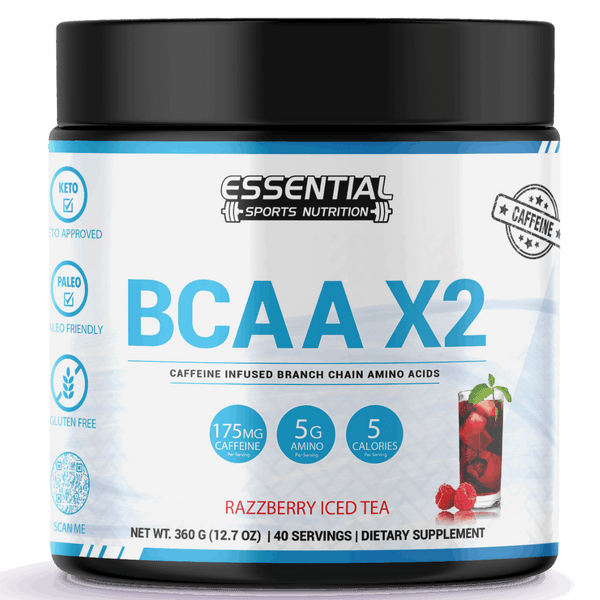Is Wrist Pain Ruining Your Day? Learn How to Get Lasting Relief
Wrist pain is a common issue that many people face. It can come from typing, sports, or even just carrying heavy things. One important fact to remember is keeping your wrists straight helps lower pressure on your median nerve.
This article will share some simple and effective ways to ease wrist discomfort at home. You'll learn about resting properly, using wrist supports like braces, and when applying heat or cold might help.
These tips aim to bring relief without needing a doctor's visit right away for minor issues.

Key Takeaways
- Resting your wrist and using ice packs can quickly ease pain by reducing swelling and numbing the painful area.
- Wearing a wrist brace or splint gives extra support, keeping the wrist in a good position to heal from injuries like Carpal Tunnel Syndrome.
- Alternating between hot and cold compresses helps manage different stages of discomfort, with ice being ideal right after an injury and heat being beneficial for ongoing conditions.
- Severe symptoms such as difficulty moving the wrist or increasing pain when gripping should prompt a visit to the doctor for proper diagnosis and treatment.
Understanding the Causes of Hand and Wrist Pain

Wrist pain often comes from long-term issues like repetitive stress, arthritis, and carpal tunnel syndrome. Repetitive motions can make small areas in the wrist swell. This swelling puts pressure on nearby nerves.
Over time, conditions such as carpal tunnel syndrome develop due to this constant pressure. People who type a lot or use their hands for repetitive tasks are at risk.
Some people get wrist pain from diseases like rheumatoid arthritis or diabetes. Rheumatoid arthritis causes inflammation in the joints, which can lead to discomfort in the wrist. Diabetes might trigger nerve damage that feels like pain or tingling in your hand and fingers.
Rare conditions, such as Kienbock's disease, affect the blood supply to one of the small bones in the wrist, leading to severe pain. Getting an accurate diagnosis is essential for treating any kind of wrist issue properly because it determines what care you need.
Practical Home Remedies for Wrist Pain Relief
For quick relief from wrist pain, simple home treatments can be very effective. These methods include gentle rest, applying ice or heat, and using a supportive wrap around your wrist.
Rest and Ice Packs
Take a break and let your wrist rest. Staying away from activities that make the pain worse helps a lot. This simple action can prevent further damage to muscles and joints in your hand.
During this rest period, use ice packs on the painful area. Ice reduces swelling and soothes pain by numbing the region.
Apply an ice pack wrapped in a thin cloth directly to the base of your wrist for 15 minutes, several times a day. This method is especially good for conditions like wrist tendonitis and symptoms of carpal tunnel syndrome.
The cold helps manage pain efficiently by chilling nerves and reducing blood flow to the affected area, which cuts down swelling and inflammation quickly.
Using Wrist Brace or Splint
Wearing a wrist brace or splint helps relieve pain and gives your wrist extra support. It's like a buddy for your wrist that keeps it safe and reduces swelling. This can be especially useful if you have Carpal Tunnel Syndrome (CTS) since a study found that splints that include the MCP are practical and work well.
By keeping your wrist in a good position, these braces take pressure off injured parts, easing discomfort.
Braces and splints also stop you from moving your wrist too much, which can help heal acute injuries faster. They are great tools for getting better without needing surgery or heavy medications like ibuprofen or naproxen.
You can find them at most pharmacies or get one specially made by healthcare professionals, such as physical therapists or occupational therapists. Wearing one might feel strange at first, but it's an effective way to protect joints while they heal.
Hot or Cold Compresses
Hot or cold compresses can make a big difference for wrist pain. Ice packs help numb carpal tunnel syndrome and lower swelling. They are best right after an injury, like a sprain. After a few days, switch to heat therapy to relax muscles and boost blood flow.
This is good for ongoing conditions.
Using both ice and heat helps control pain from carpal tunnel syndrome. Cold slows down swelling, while heat eases stiffness by improving circulation. Alternate between them for the best effect on your wrist's comfort.
When to Seek Professional Medical Assistance
Severe wrist pain, swelling, redness, or trouble moving the wrist require a doctor's visit. These symptoms might point to serious conditions like fractures, rheumatoid arthritis (RA), or repetitive stress injuries that only a professional can diagnose accurately.
Health experts use special tests such as X-rays, computerised tomography (CT) scans, and electromyography to find out what is wrong.
Pay attention if the pain suddenly starts, gets worse when gripping things or stretches from the wrist up to the elbow. This could be a sign of something more serious like osteoarthritis (OA), gout caused by uric acid build-up, or even Kienbock’s disease which affects blood supply to one of the small bones in the hand near the wrist.
A primary care provider may refer you to specialists in orthopedics or rheumatology for advanced treatments like steroid injections or physiotherapy.
Conclusion

Wrist pain can make daily tasks tough. We showed how keeping wrists straight and resting them can lessen pain. Applying ice or heat also brings relief. For more stubborn aches, wearing a wrist brace supports healing.
Remember, stretching and lifestyle tweaks aid in long-term management of discomfort. Taking these steps improves wrist health significantly, helping you get back to your routine with ease.
Relieve Wrist Pain FAQs
Q: What are common causes of wrist pain?
A: Common causes include overuse injuries, sprains, bone fractures like a scaphoid fracture, and conditions such as ganglion cysts, carpal tunnel syndrome, and arthritis.
Q: Can over-the-counter medications help with wrist pain?
A: Yes, over-the-counter medications like acetaminophen (Tylenol) and anti-inflammatory drugs (Advil or Motrin IB) can reduce inflammation and relieve pain.
3. Are there any non-medicine treatments for wrist pain?
Physical therapy exercises strengthen the wrist joint. Applying an elastic bandage can support the area. Resting the wrist and avoiding activities that worsen the pain are also effective.
Q: When should I see a doctor for my wrist pain?
A: If home remedies do not improve your symptoms or if you suspect a broken bone or have severe weakness and tingling sensations in your hand, consult a medical professional immediately.
Q: How do doctors diagnose the cause of wrist pain?
A: Doctors may use electrodiagnostic testing like electromyograms (EMG), nerve conduction studies, X-rays, or MRI scans to identify issues such as degenerative joint disease or neurological disorders.
Q: What advanced treatments might be recommended for persistent wrist pain?
A: For chronic conditions not responding to conservative treatment, options include arthroscopy (key-hole surgery), prescribed by an orthopedic surgeon possibly after consulting with sports medicine specialists or rheumatologists for comprehensive care.
Q: What are the common causes of wrist pain?
A: Wrist pain can be caused by various issues such as arthritis, carpal tunnel syndrome, sprains, tendonitis, fractures, gout, and overuse injuries.
Q: How can I relieve wrist pain at home?
A: You can try home remedies like applying ice packs, taking over-the-counter pain relievers like ibuprofen, wearing a splint, and resting your wrist to help relieve pain.
Q: What are some treatments for wrist pain?
A: Treatments for wrist pain may include physical therapy, corticosteroid injections, wearing a splint, arthroscopic surgery, and in severe cases, joint replacement surgery.
Q: What are the symptoms of wrist pain?
A: Symptoms of wrist pain may include pain, swelling, stiffness, numbness, tingling, limited range of motion, and weakness in the wrist and hand.
Q: How do you diagnose the cause of wrist pain?
A: To diagnose the cause of wrist pain, a doctor may conduct a physical examination, order imaging tests like x-rays or MRI, and may also perform nerve conduction studies.
Q: What is carpal tunnel syndrome and how does it cause wrist pain?
A: Carpal tunnel syndrome is a condition where the median nerve in the wrist is compressed, leading to symptoms like pain, numbness, and tingling in the wrist and hand.
Q: How can wearing a splint help with wrist pain?
A: Wearing a splint can help stabilize the wrist and limit movement, reducing strain on the affected area and providing support for healing and pain relief.























